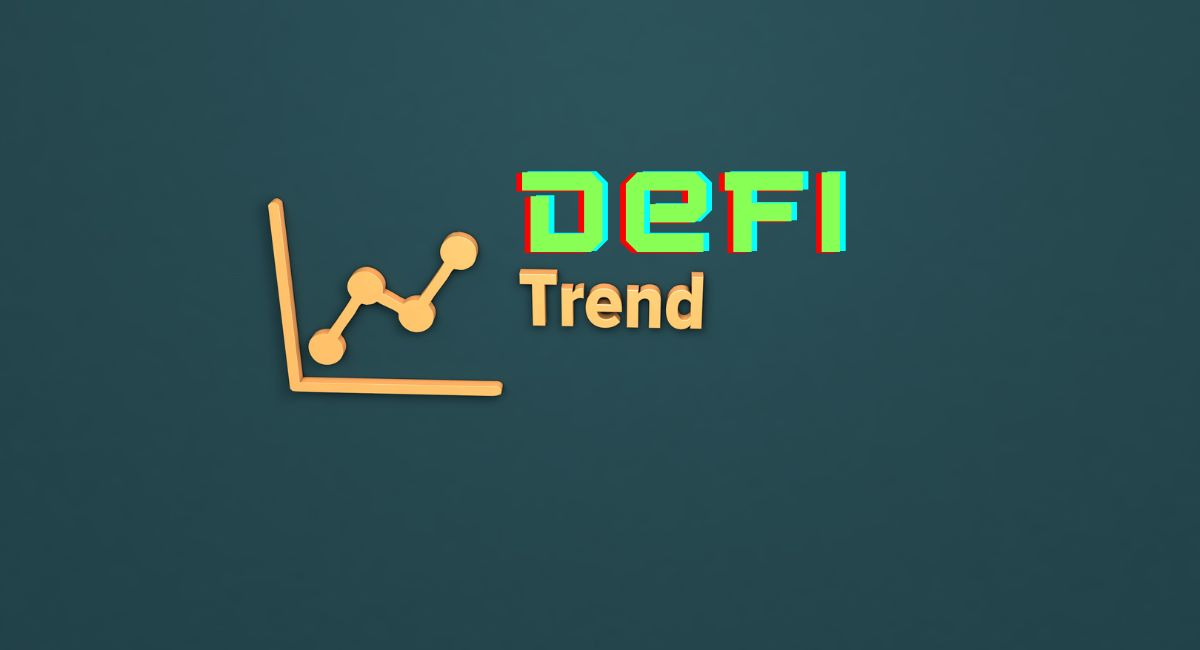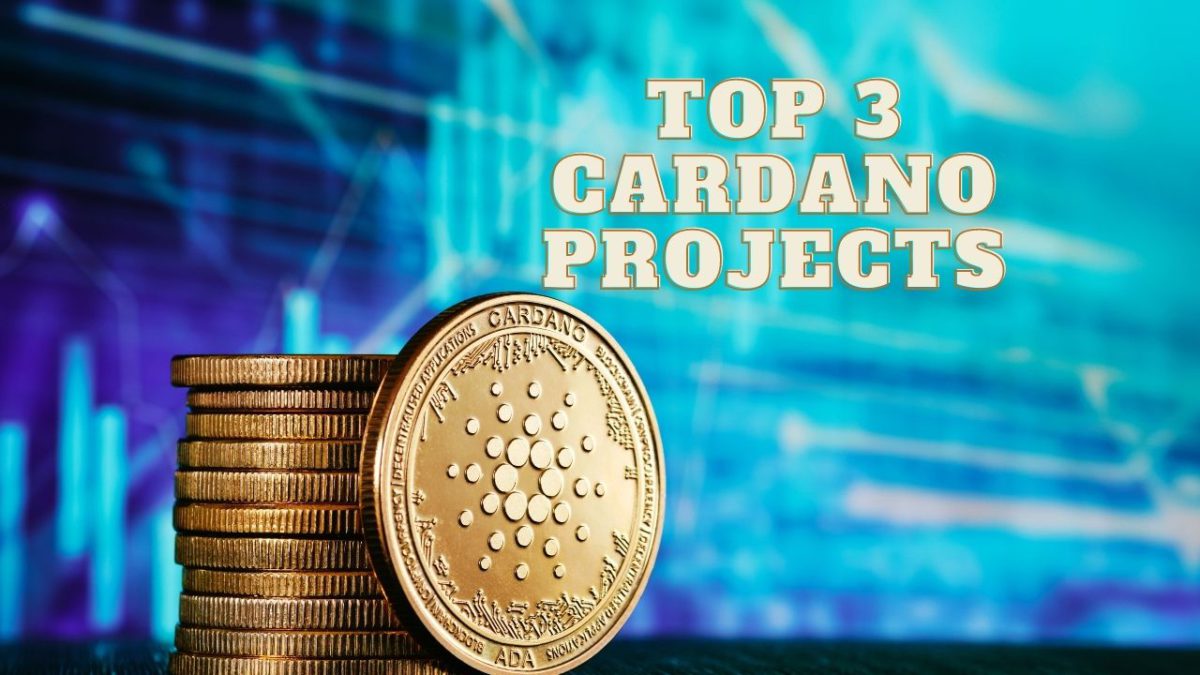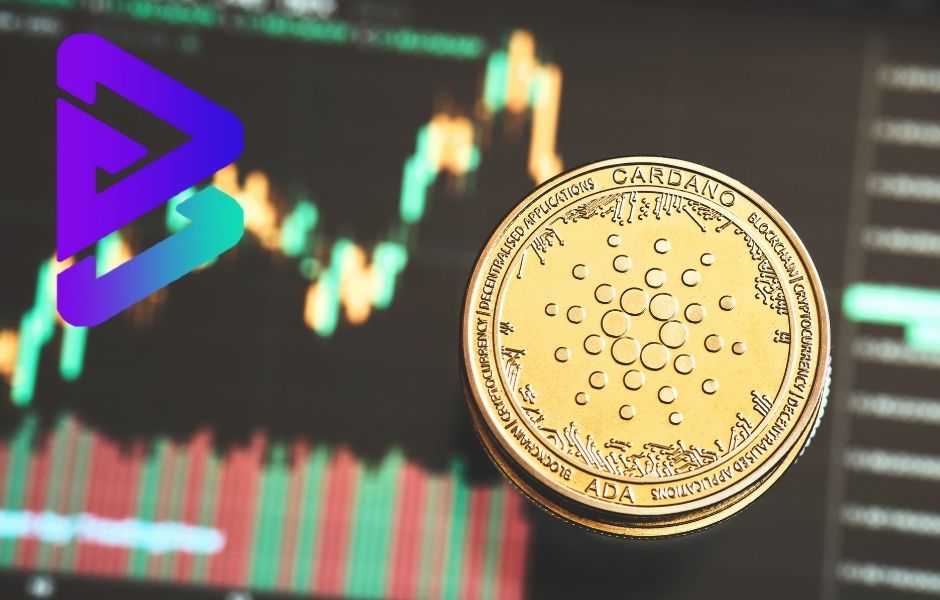Exploring DeFi Protocols And Ecosystems: Unveiling The Decentralized Finance Revolution
The financial world is undergoing a paradigm shift, thanks to the rise of Decentralized Finance (DeFi) ecosystems. DeFi has emerged as a disruptive force that is reshaping traditional finance through blockchain technology. In this article, we will embark on a comprehensive journey through various DeFi protocols, projects, and trends that are not only redefining the way we interact with money but also altering the very fabric of the blockchain landscape.
The Rise of DeFi: A New Dawn in Finance
DeFi represents the democratization of financial services, where intermediaries are replaced by smart contracts running on blockchain networks. This innovation has opened up a world of possibilities, empowering individuals to access lending, borrowing, trading, and yield farming without relying on traditional financial institutions.
We're excited to reveal our new lineup of speakers for Coinfest Asia 2023!
Get ready to connect and gain insights from influential speakers & key players in :
🎙 Web3 Industry
🏛 Banking & Exchanges
⚙️ DeFi & Protocols
🎲 Web2 Industry
⚖️ PolicymakersAnd many more!
Secure… pic.twitter.com/pvH2W3QUts
— Raphael Wing (🪙,🕸️) (@AyokWing) August 7, 2023
Diving into DeFi Projects and Protocols
1. Decentralized Exchanges (DEXs)
Uniswap, SushiSwap, and PancakeSwap are leading the charge in enabling peer-to-peer trading of digital assets without the need for a centralized intermediary. Their automated market-making algorithms ensure liquidity and fair pricing, transforming how users trade cryptocurrencies.
2. Lending and Borrowing Platforms
Aave and Compound offer users the ability to lend their assets to others in return for interest or borrow assets by collateralizing their holdings. This ecosystem eliminates geographical barriers, making financial services accessible to anyone with an internet connection.
3. Stablecoins and Algorithmic Stablecoins
Stablecoins like DAI and USDC provide a stable value within the volatile crypto market. Algorithmic stablecoins such as Terra’s UST leverage smart algorithms to maintain price stability without relying on traditional reserves.
4. Yield Farming and Liquidity Mining
Yield farming platforms like Yearn Finance incentivize users to provide liquidity to various pools, earning rewards in return. This trend has spurred the creation of innovative DeFi products that attract both retail and institutional investors.
5. Synthetic Assets
Synthetix enables the creation and trading of synthetic assets that mimic the value of real-world assets like stocks, commodities, and indices. This opens up a whole new realm of possibilities for diversification within the blockchain space.
6. Decentralized Insurance
In the rapidly evolving landscape of DeFi, where security breaches and vulnerabilities can lead to substantial losses, decentralized insurance platforms have emerged as crucial players. Projects like Nexus Mutual and Cover Protocol are pioneering the concept of decentralized insurance, where users can collectively pool funds to provide coverage against smart contract failures, hacks, and other unforeseen risks. Through the power of smart contracts, claims and payouts are automated, reducing the need for intermediaries. This not only boosts user confidence but also incentivizes developers to prioritize security when building new DeFi protocols.
7. Decentralized Oracles
Accurate and reliable data is the backbone of any financial ecosystem. Decentralized oracles, exemplified by Chainlink and Band Protocol, bridge the gap between on-chain smart contracts and off-chain real-world data sources. By aggregating data from multiple sources and utilizing cryptographic techniques, these oracles ensure the authenticity and accuracy of data fed into DeFi platforms. This is crucial for functions such as price determination, triggering automated actions, and settling financial contracts. The decentralization of oracles contributes to the trustless and tamper-resistant nature of DeFi transactions.
8. Automated Portfolio Management
DeFi’s complexity has spurred the development of automated portfolio management solutions. Platforms like Yearn Finance and Rari Capital offer automated yield optimization, where users can deposit their assets into smart contracts that autonomously distribute funds across various DeFi protocols to maximize returns. These platforms eliminate the need for users to manually manage multiple strategies and platforms, democratizing access to sophisticated investment strategies that were once the domain of institutional investors.
Also, read – Top 7 DeFi Trends in 2023 To Watch For Crypto Investors
Marketing from some DeFi protocols has been getting incredibly misleading and ridiculous lately.
The industry has been advertising impossibly high APRs with the notion that any deposit can achieve them.
Lets talk about concentrated liquidity strategies: 🧵
— ayman.avax🔺 (@avaxayman) August 6, 2023
Trends Shaping the DeFi Landscape
1. Cross-Chain Compatibility
As the DeFi ecosystem expands, the need for interoperability between different blockchains becomes crucial. Projects like Polkadot, Cosmos, and Avalanche aim to bridge this gap, allowing seamless value transfer and collaboration across various networks.
2. Layer 2 Scaling Solutions
To address the scalability issues of blockchain networks, Layer 2 solutions like Optimistic Rollups and zk-Rollups are gaining traction. These solutions aim to improve transaction throughput and reduce fees, enhancing the user experience.
3. Decentralized Identity and KYC
DeFi projects are exploring decentralized identity solutions to streamline Know Your Customer (KYC) processes while maintaining user privacy. Self-sovereign identity platforms like uPort and Sovrin are pioneering this field.
4. Institutional Participation
Traditional financial institutions are recognizing the potential of DeFi and are gradually entering the space. This involvement brings more legitimacy and liquidity to the DeFi ecosystem, propelling it further into the mainstream.
5. Regulatory Challenges and Compliance
As DeFi gains mainstream attention, regulatory scrutiny inevitably follows. The decentralized and borderless nature of DeFi presents both opportunities and challenges in terms of regulation. Different jurisdictions have taken varied approaches to categorizing and regulating DeFi products, ranging from embracing innovation to expressing concerns over potential risks. Understanding the regulatory landscape is crucial for DeFi projects to navigate legal hurdles while preserving the core tenets of decentralization and user privacy.
6. Flash Loans and Instant Liquidity
Flash loans have revolutionized DeFi by enabling users to borrow substantial sums of cryptocurrency without collateral, on the condition that the borrowed amount is returned within a single transaction block. This innovative concept has given rise to complex arbitrage opportunities and sophisticated trading strategies. However, flash loans also pose risks, as they can be exploited to manipulate markets or execute attacks on vulnerable protocols. The balance between innovation and risk mitigation is a central theme in the ongoing development of flash loan protocols.
7. Decentralized Governance and DAOs
Decentralized Autonomous Organizations (DAOs) are at the forefront of transforming how decisions are made within the DeFi ecosystem. Projects like Compound, MakerDAO, and Uniswap have embraced DAO structures, allowing token holders to propose and vote on protocol upgrades, parameter adjustments, and even allocation of funds. This democratization of governance empowers community members and aligns incentives, but it also raises questions about effective decision-making, participation, and the balance between decentralized decision-making and project efficiency.
8. Cross-Chain Asset Swaps
The multi-chain reality of the blockchain space has led to the emergence of protocols that facilitate cross-chain asset swaps. With Ethereum as the primary hub and other chains gaining popularity, platforms like Polygon, Binance Smart Chain, and Cosmos are bridging the gap by enabling users to transfer assets seamlessly between different blockchains. This trend addresses the challenges of interoperability and liquidity fragmentation, contributing to the overall growth and sustainability of the DeFi ecosystem.
Conclusion
Exploring DeFi ecosystems is a journey through innovation, disruption, and potential transformation. The diverse range of projects, protocols, and trends within the DeFi space paints a vivid picture of the future of finance. From safeguarding assets through decentralized insurance and ensuring data accuracy with decentralized oracles to automating investment strategies and reshaping governance through DAOs, DeFi is a fertile ground for exploring how blockchain technology can redefine the financial landscape.
As DeFi continues to evolve, its impact extends beyond technology to regulatory considerations, risk management, and the broader adoption of decentralized principles. By staying informed about the latest developments in these areas, we can appreciate the complexities and opportunities that DeFi brings to the forefront. Ultimately, exploring DeFi ecosystems is not just about understanding a technology; it’s about envisioning a future where financial services are accessible, equitable, and driven by the collective power of the community.
Stay informed with daily updates from Blockchain Magazine on Google News. Click here to follow us and mark as favorite: [Blockchain Magazine on Google News].
Get Blockchain Insights In Inbox
Stay ahead of the curve with expert analysis and market updates.
latest from tech
Disclaimer: Any post shared by a third-party agency are sponsored and Blockchain Magazine has no views on any such posts. The views and opinions expressed in this post are those of the clients and do not necessarily reflect the official policy or position of Blockchain Magazine. The information provided in this post is for informational purposes only and should not be considered as financial, investment, or professional advice. Blockchain Magazine does not endorse or promote any specific products, services, or companies mentioned in this posts. Readers are encouraged to conduct their own research and consult with a qualified professional before making any financial decisions. The featured image used is just a creative depiction of the title and it does not intend to hurt sentiments of any person or institution. If it hurts anyone sentiments, please do not hesitate to reach out to Blockchain Magazine.

 Bitcoin
Bitcoin  Ethereum
Ethereum  XRP
XRP  Tether
Tether  Solana
Solana  Dogecoin
Dogecoin  USDC
USDC  Cardano
Cardano  Lido Staked Ether
Lido Staked Ether  TRON
TRON  Chainlink
Chainlink  Avalanche
Avalanche  Wrapped stETH
Wrapped stETH  Stellar
Stellar  Wrapped Bitcoin
Wrapped Bitcoin  Sui
Sui  Hedera
Hedera  Toncoin
Toncoin  Shiba Inu
Shiba Inu  WETH
WETH  Polkadot
Polkadot  Parkcoin
Parkcoin  LEO Token
LEO Token  Litecoin
Litecoin  Bitcoin Cash
Bitcoin Cash  Bitget Token
Bitget Token  Uniswap
Uniswap  Official Trump
Official Trump  Hyperliquid
Hyperliquid  Wrapped eETH
Wrapped eETH  Pepe
Pepe  USDS
USDS  NEAR Protocol
NEAR Protocol  Ethena USDe
Ethena USDe  Aave
Aave  Aptos
Aptos  Internet Computer
Internet Computer  Ondo
Ondo  Monero
Monero  Ethereum Classic
Ethereum Classic  POL (ex-MATIC)
POL (ex-MATIC)  Algorand
Algorand  Cronos
Cronos  OKB
OKB  Dai
Dai  Render
Render  MANTRA
MANTRA 






